Reference : seventh chords
If you add a third to any triad, you get a seventh chord. This chord is called a seventh chord because it forms a seventh interval in relation to the root.
Seventh chords can be built on any degree of the major and minor scales. Seventh chords can be identified by analyzing the triad and the seventh interval that forms the chord.
The following examples show the structure of the most common seventh chords:
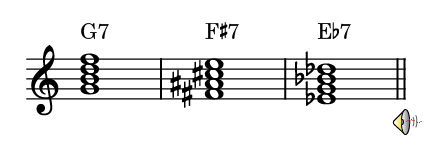
Dominant Seventh: major triad, minor 7th
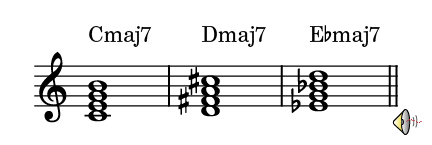
Major Seventh: major triad, major 7th
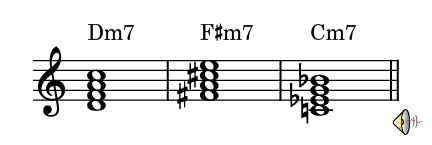
Minor Seventh: minor triad, minor 7th
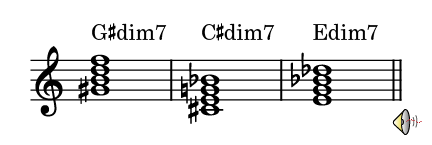
Diminished Seventh: diminished triad, diminished 7th
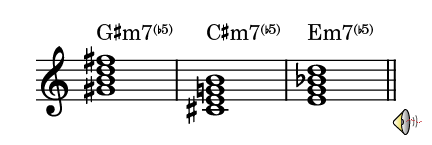
Half Diminished Seventh: diminished triad, minor 7th
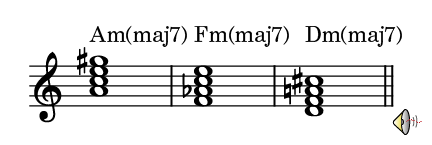
Minor Major Seventh: minor triad, major 7th
The fifth of the dominant and major seventh chords is sometimes raised:

Two dominant sevenths and two major seventh chords with augmented fifths
The fifth of the dominant and major seventh chords is sometimes lowered:

Two dominant sevenths and two major seventh chords with diminished fifths
See C > Chord for related entries.
